In a world where technology defines how we work—and the planet defines how long we can—businesses are under pressure to align innovation with environmental accountability. Nowhere is this more urgent than in the SaaS ecosystem, especially within HR Tech, where the intersection of SaaS and sustainability is becoming a critical focus.
As companies race to digitize hiring, onboarding, compliance, and employee engagement, a bigger question looms:
Can the tools powering the modern workforce also protect the environment they operate in?
This article explores the evolving intersection of SaaS and sustainability, with a sharp lens on how HR platforms are shaping the future of responsible digital transformation—and how RAPS is helping companies meet that future.

1. Greener Infrastructure
Cloud providers are racing to prove their sustainability cred. AWS, Google Cloud, and Azure have made high-stakes pledges to hit net-zero and carbon-free energy benchmarks.
- Google Cloud: Aims for 24/7 carbon-free energy by 2030
- Microsoft Azure: Committed to being carbon negative by 2030
- AWS: Investing heavily in renewable power purchase agreements
Pro tip: Your cloud choice is your carbon policy.
2. Efficient Code Is Clean Code
Sustainability starts at the backend. Lean, optimized code reduces the load on processors and servers, which directly cuts energy usage.
- Engineers are now measured on energy profiles, not just performance
- AI-driven code profilers highlight emissions-heavy functions
- Dev teams are rewriting bloated legacy systems with energy in mind
Your SaaS stack shouldn’t just scale—it should sip energy, not gulp it.
3. Remote Work, Real Reductions
By making remote work seamless, SaaS has quietly slashed millions of commuter miles and office utility loads.
If all remote-capable workers telecommuted half the time, U.S. emissions would drop by 54 million tons annually—the equivalent of 10 million fewer cars on the road (Global Workplace Analytics).
4. Sustainable Procurement Is the New Default
Gartner predicts that by 2027, 75% of companies will include sustainability metrics in SaaS evaluations, highlighting the growing importance of SaaS and sustainability. Buyers are vetting not just the software—but the server farms behind it.
What they want to know:
- Who powers your cloud—and how?
- Are emissions independently verified?
- Do you offset, or just advertise?
Spoiler: ESG teams can sniff out greenwashing in under 30 seconds.
Why This Isn’t Optional Anymore?
A decade ago, “cloud-first” was a strategy. Today, “climate-smart” is the mandate.
Benefits of sustainable SaaS:
- Operational savings from lower energy use
- Reputation upside with climate-conscious customers
- Investor confidence from ESG alignment
- Compliance readiness for evolving regulations (CSRD, SEC ESG rules, etc.)
Fail to factor in sustainability, and you’re not just late to the party—you might not get invited next time, especially as SaaS and sustainability become inseparable in the future of business.
How RAPS Is Helping SaaS Go Sustainable?
We’re not just building digital platforms—we’re helping organizations rewire their tech stacks for long-term resilience, with SaaS and sustainability at the core.
RAPS Consulting Service offers:
- Sustainable SaaS Audits to identify carbon hotspots
- Cloud Optimization Strategies to cut waste
- Vendor ESG Reviews for smarter software selection
- Green Roadmaps aligned with your business and regulatory goals
Think of us as your sustainability co-pilot in the SaaS space.
Smart SaaS = Smart Impact
More businesses are asking:
- “How do we scale with integrity?”
- “Are our digital tools aligned with our climate values?”
- “What hidden carbon costs are buried in our tech stack?”
At RAPS, we’re answering those questions with data, strategy, and measurable change—driving real impact at the intersection of SaaS and sustainability.
Because tomorrow’s leaders won’t just be fast or flexible. They’ll be sustainable by design.
Green Is the New Scalable
We’re beyond “digital transformation.” We’re entering the era of climate transformation through tech.
The question isn’t whether SaaS can go green. It’s whether your SaaS and sustainability strategy is ready for the new climate frontier.
RAPS is. Are you?
Let’s build the kind of digital ecosystem the future actually needs.
Contact RAPS Consulting to SaaS and sustainability your software’s strongest feature..
FAQs
Q1. What is sustainable SaaS?
Ans. SaaS platforms that minimize energy use, emissions, and digital waste.
Q2. Are cloud-based tools more eco-friendly?
Ans. Yes—if optimized and hosted on green-certified infrastructure.
Q3. How do I know if my SaaS vendors are green?
Ans. Check for renewable energy sourcing, public ESG disclosures, and third-party audits.
Q4. What does RAPS do to support SaaS sustainability?
Ans. We provide SaaS-specific ESG assessments, optimization plans, and compliance guidance.
Q5. Can RAPS audit my current tools?
Ans. Yes—we offer full-stack audits that uncover sustainability blind spots and improvement areas.
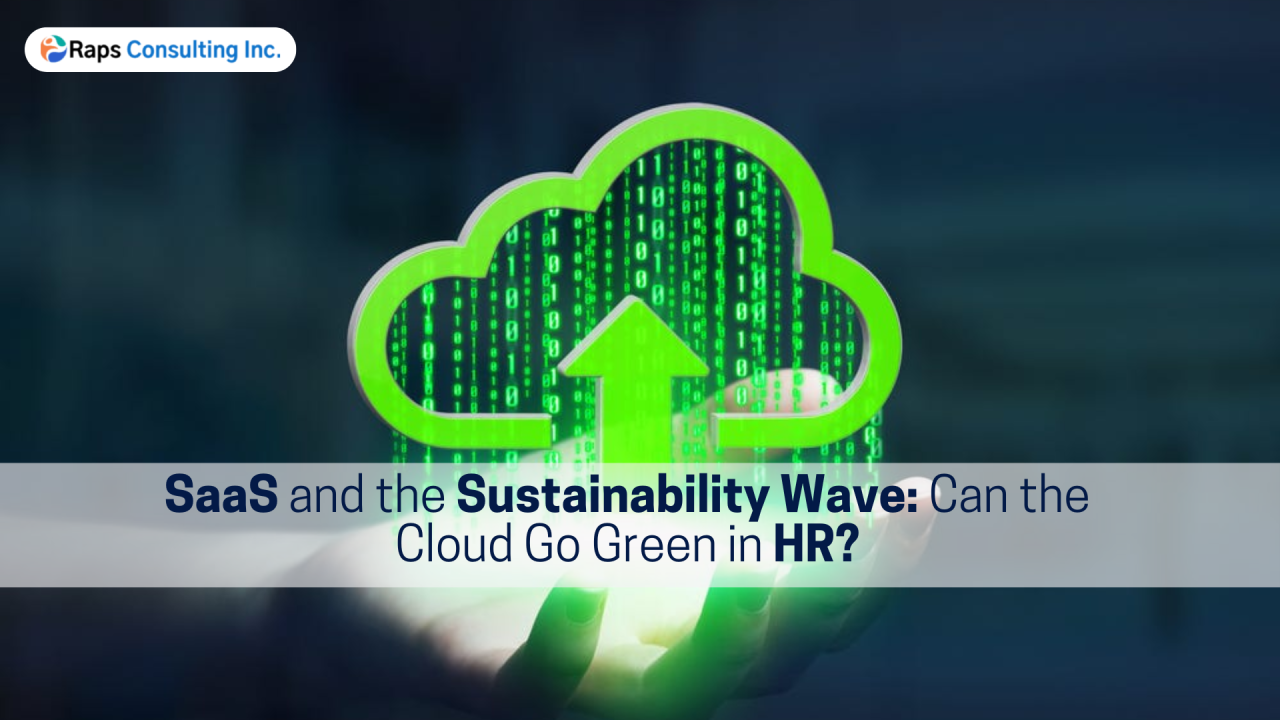
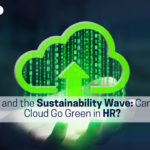
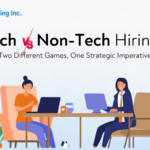

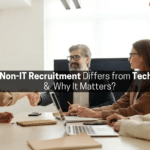
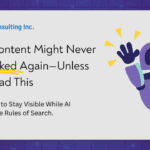
Leave a Reply